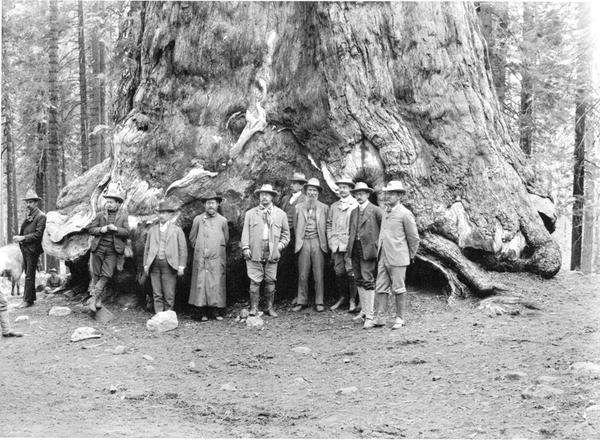Edwin Denby is a pleasure probably as obscure to most people as one might imagine, given the scope and intensity of his work.
He was a professional ballet dancer in his youth, and would become one of the best writers (or critics) about dance there has ever been. Along the way, he produced some very original verse, which even fewer people probablyt know about. His Wiki gives the basic bio, though it tells you nothing about the quality of his writing.
I have appreciated his poetry, and it's eminently quotable, but here I just want to quote this stunning passage from his essay on the New York City Ballet company, from 1952. For me, it evokes some of the gentle serenity of its time, when people had the leisure to enjoy a quick diversion from the business of living and working, or getting from place to place. Denby loved New York, and this is how it feels to love something that is complex and somehow fleeting and permanent at the same time.
"I hadn't expected so intense a pleasure, looking at New York again, in the high white February sunlight, the chidishly euphoric climate; looking down Second Avenue, where herds of vehicles go charging one way all day long disappearing into the sky at the end like on a prairie; looking up a side of a skyscraper, a flat and flat and a long and long, and the air drops down on your head like a solid. Like a solid too the air that slices down between two neighbor skyscrapers. Up in the winter sunlight the edge of such a building far up is miraculously intense, a feeling like looking at Egyptian sculpture. Down in the streets the color, the painted colors are like medieval color, like the green dress of the Van Eyck double portrait in the National Gallery, intently local and intently lurid. And New York clothes--not a trace of charm, dressing is ritualistic like in Africa (or the Middle Ages); the boys are the most costumed; dressed men and women look portentously maneuverable; one set looks more dry-cleaned than the other, and those count as rich. New York is all slum, a calm, an uncomforatable, a grand one. And the faces on the street by day: large, unhandsome, lumped with the residue of every possible human experience, and how neutral, left exposed, left unprotected, uncommitted. I havve never seen anything so marvelous. A detachment from character that reminds me of the Arhats in Chinese painting. Women as well as men in middle age look like that, not comforting but O.K. if you believe in marvels, "believe in" in the sense of live with. They have no conversation, but a slum movie put on its marquee: "Sordid"--Times; "Unsavoury Details"--Herald Tribune. I never saw so civilized an advertisement in Paris. Manners are calm, everybody is calm in New York except where maybe somebody is just having a fit. No one looks dominated. But one minority looks sometimes as though it suffered acutely, the adolescents. They throw themselves about the city, now supersonic, now limp as snails, marvelously unaware of adults or children. Suddenly across their blank faces runs a flahs of anguish, of huntedness, of brutal vindictiveness, of connivance--the pangs of reformatory inmates; a caged animal misery. They are known as punks and jailbait and everybody defers to them, everybody spoils them as people do to what they recognize as poetic. They are not expected to make any return. A few years later they have put on weight, whether girls or boys, and the prevalant adult calm has commenced for and closed on them too, and others are adolescent. Another magic thing about New York is that everything you look at by day, people, buildings, views, everything is the same distance away, like in Egyptian sulcpture too. When I look about me in New York I feel as if I saw with an eagle's kind of eye; lovely Italy I looked at with a dear simpatico horse's eye. But you want me to tell you about the city's ballet company, which I adore . . . ."
--from Dancers, Buildings and People in the Street [New York: Horizon Press, 1965, p 23-4.




